Port Hudson Confederate Soldier's
Monument (Photo by Mike Jones)
By Mike Jones
At about 11 p.m. March 14, 1863 on the Mississippi River at the Confederate bastion of Port Hudson, Louisiana ,a rocket flashed, bonfires on the west bank flared and a tremendous bombardment of heavy artillery lit the night skies when Union Admiral David G. Farragut's fleet of seven warships was discovered trying pass the powerful Southern fortifications.
Farragut had hoped he could pass the enemy garrison before his ships were discovered on the moonless night. But alert pickets of Maj. Gen. Franklin Gardner's command detected the movement in the river and alerted the gray-clad gunners on the east bank, as the bonfires illuminated the Yankee vessels.
While Farragut had 95 heavy guns, his wooden ships were very vulnerable to the crack Confederate batteries.
"Heavy shells were falling fast and thick. It seemed as if the whole heavens were ablaze with thunder and lightning," a witness said.
The artillery duel continued until about 2 a.m. and when it ended, only two Yankee ships managed to pass, including Farragut's flagship, Hartford., and the Albatross.
Farragut had lashed his ships together by twos to make the dangerous passage, except for one ship.
That one was the U.S.S. Mississippi which was destroyed by its own crew when it went aground on a mud flat. In all, Union forces lost 121 men killed and wounded.
In Port Hudson: Confederate Bastion on the Mississippi (Baton Rouge, LSU Press, 1987), the author, Lawrence Lee Hewitt, said the opening battle of the campaign was a complete Confederate victory.
“Contemporaries and historians have labeled the passage a tactical failure and not because of Confederate gunfire. Yet they also generally described it as an important strategic victory. The failure of five out of seven vessels to pass the batteries confirms the first conclusion, but the Confederate gunners deserve the credit,” Hewitt wrote.
Hewitt concludes, “No evidence supports the conclusion that Farragut’s passage was an important strategic victory. The admiral could have achieved such a triumph only by forcing the Confederates to evacuate.”
That spectacular night battle on the river marked the beginning of one of the most momentous campaigns in military history.
Among young officers serving in the campaign who would later become famous were George Dewey, then a lieutenant on the Mississippi and later an admiral and hero of the Spanish-American War; and Edward Douglas White, then a junior officer on General Gardners staff and later Chief Justice of the U.S. Supreme Court.
Port Hudson was the southern anchor of the South's control of the Mississippi River. About 150 miles to the north, at Vicksburg, Miss., the "Confederate Gibraltar," Gen. Ulysses S. Grant was maneuvering against the northern anchor.
As long as the Confederacy controlled that stretch of the river, the South benefited from the vast reserves of supplies and manpower in the Trans-Mississippi.
For the North, gaining unfettered control of the river would divide the Confederacy in two, deny those war supplies to the South, and reopen the river to Mid-Western commerce.
The terrain along the east bank of the Mississippi River was perfect for the defenders. It was laced with natural ravines which were incorporated into the defensive perimeter by skilled Confederate engineers.
Earthworks were constructed that were virtually impregnable. Such names for the Confederate strong points along the four-and-a-half mile defensive line as Commissary Hill, Fort Desperate, the Priest Cap, Slaughter's Field and the Citadel have become forever etched in the pages of the history of the War for Southern Independence.
The Confederate garrison of roughly 6,800 troops from Alabama, Arkansas, Louisiana, Mississippi and a detachment from Texas faced 30,000 Mid-Westerners, New Yorkers and New Englanders under the command of Union Maj. Gen. Nathaniel P. Banks, who was one of many of Lincoln's political generals.
Banks had made a faint toward Port Hudson on March 14 as Farragut's ill-fated river passage was attempted.
In April, Banks' 19th Corps campaigned west of Port Hudson driving the Confederate Army of Western Louisiana from Bayou Teche and then captured Alexandria in the middle of the state.
The Northern invaders then turned and attacked Port Hudson from the north, south and east. The Yankee fleet sealed off the Confederate garrison and the 48-day siege officially began May 23, 1863.
Maj. Gen. Franklin Gardner
(Library of Congress)
Gardner had been ordered to evacuate, but was trapped inside Port Hudson before he could carry out the order.
The scorching Louisiana summer made the siege a particularly grueling ordeal for both sides. The heat and insects took a heavy toll of the besieging federals.
Banks launched his first fatal assault on the garrison May 27, 1863 but poor communications made the attack an exercise in futility.
The attacks were supposed to be at the same time all along the line to prevent the Confederates from shifting troops around.
However vague orders, the difficult terrain and uncooperative subordinates resulted in an attack carried out in piecemeal fashion and which was easily turned back at every point by the South’s gallant defenders.
On the north end of the line, the Confederates handily turned back assaults on Commissary Hill and Fort Desperate and along the Telegraph Road.
A delay in the attack on the south end enabled the Southerners to redeploy forces there in time to repulse the federal attack across the aptly named Slaughter's Field and against the Priest Cap.
L. Cormier, Boone's Battery, Louisiana
Artillery. (Port Hudson Historic Site)
The attack on May 27 was also momentous because it marked the first large-scale use of black Union troops in the war.
Although the Northern press used the event for propaganda purposes, the black troops, belonging to the First and Third Louisiana Native Guards, suffered heavy casualties when they advanced across open ground against the strongly fortified position held by the 39th Mississippi Infantry.
The day was a disaster for the North. The invaders lost almost 2,000 killed and wounded while the Confederates lost fewer than 275 casualties.
Regrouping, Banks ordered a relentless bombardment of the defensive line and sharpshooters for both sides made Port Hudson an extremely dangerous place.
The Yankees received reinforcements June 13, and Banks demanded Gardner's surrender. However the New York born Confederate commander replied, "My duty requires me to defend this position, and therefore I decline."
Banks’ next move was an artillery barrage and he ordered another massive assault on the morning of June 14.
The invaders primary target was the Priest Cap in the middle of the Confederate line. The blue-coated infantry set out at 4 a.m. against the strong position but the Southern defenders repulsed assault after assault.
The ground was littered with hundreds of dead and wounded Mid-Westerners, New Yorkers and New Englanders.
Banks gave up the attempt by noon, after suffering 203 killed, 1,401 wounded and 188 missing out of the 6,000 Yankee attackers.
The Confederates had 3,750 men defending the Priest Cap and their casualties were comparatively few, including 22 killed and 25 wounded.
The ordeal continued in the miserable heat and nightmarish landscape made even more hideous by death and the battle scarred ground.
Inside Confederate lines, the food situation was becoming critical and the Southerners were reduced to eating rats and mules.
The Union sappers and miners continued digging zig-zag trenches ever closer to the Confederate line. They were also digging tunnels, which they planned to pack with explosives, under the Priest Cap and Citadel in hopes of blowing huge gaps in the Southern defenses.
However before that could happen, events at Vicksburg sealed Port Hudson's fate. The larger garrison surrendered July 4, making Port Hudson's position untenable.
When Gardner learned of the surrender of Vicksburg on July 7, he asked Banks to negotiate terms for ending the siege. On July 9, the Confederates grounded arms, thus ending the longest true siege in American military history.
Besides carrying out one of the most valiant defenses of the war, the Confederates tied up nearly 40,000 Union soldiers for two months. Southern casualties included 750 killed and wounded, while another 250 died of disease.
For the North, victory came at a tremendous price. The federals lost nearly 10,000 men from battle death, dead of disease (including sun stroke) and wounded.
Today, the Mississippi River, which changed course in the 19th Century, is no where to be seen. The northern end of the Confederate battle lines are well preserved in Port Hudson State Commemorative Area.
However, the south end of the battlefield has been drastically altered due to industrial and residential developments.
The Port Hudson battlefield in 1974 was designated as a National Historic Landmark by the U.S. Department of the Interior.
The commemorative park has six miles of walking trails winding around and through original trenches and fortifications. There is an outstanding interpretive center with displays of historic artifacts from the siege, photographs of participants, an audio-visual program and a computerized data bank of every man in the garrison.
Port Hudson State Commemorative Area is located on U.S. Highway 61, 15 miles north of Baton Rouge.
Wednesday, May 5, 2010
Subscribe to:
Post Comments (Atom)
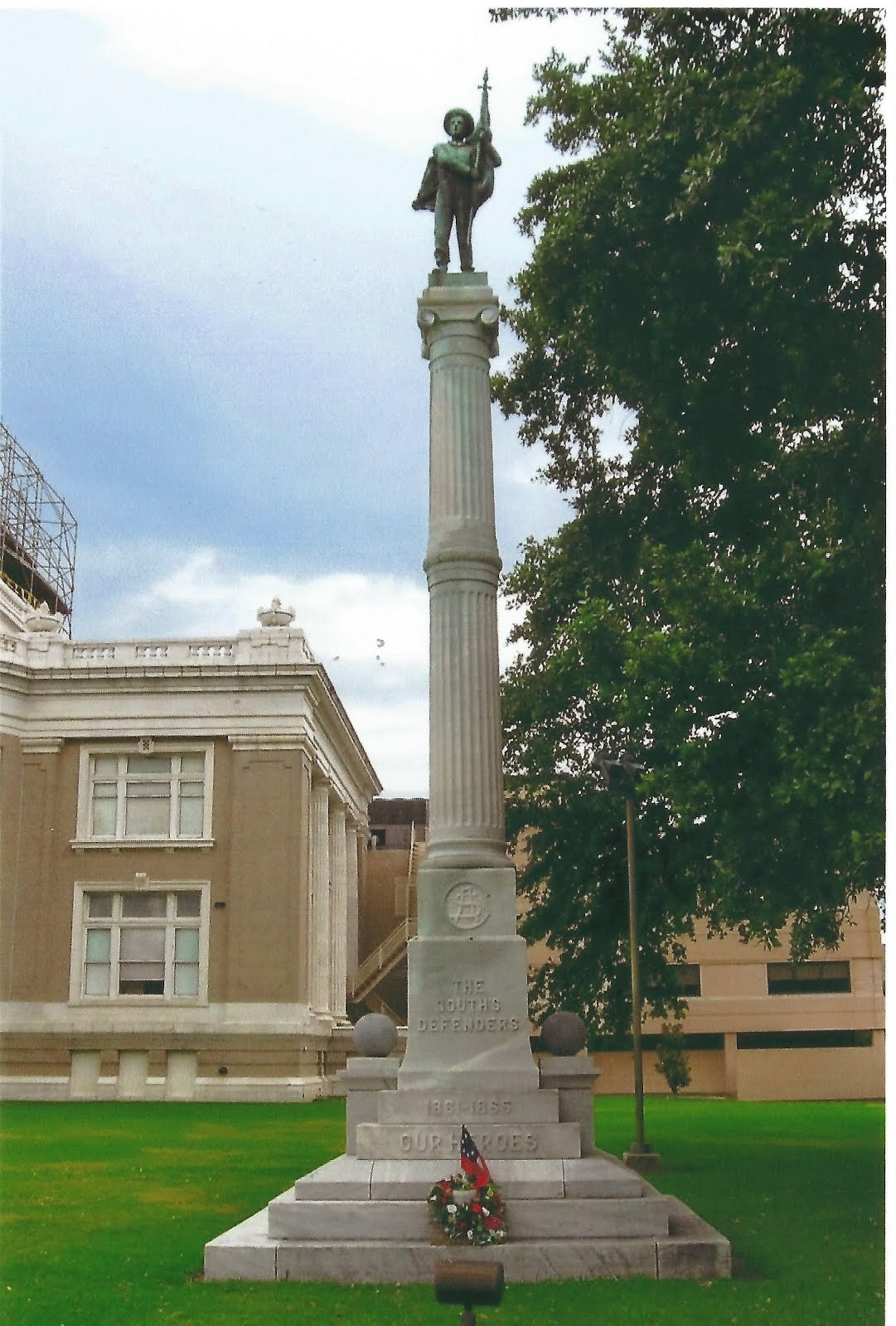







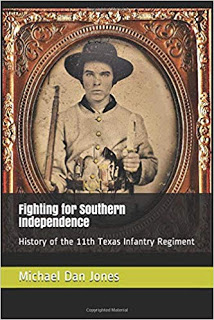
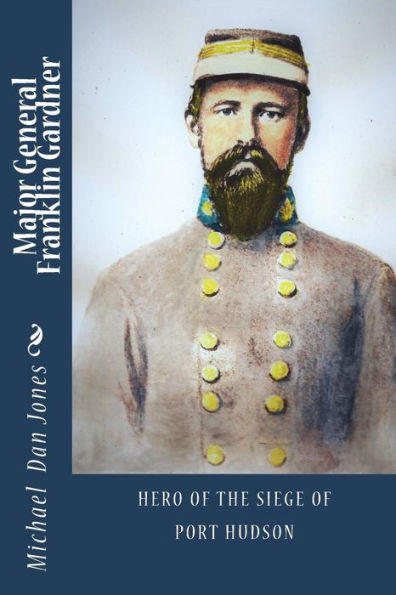




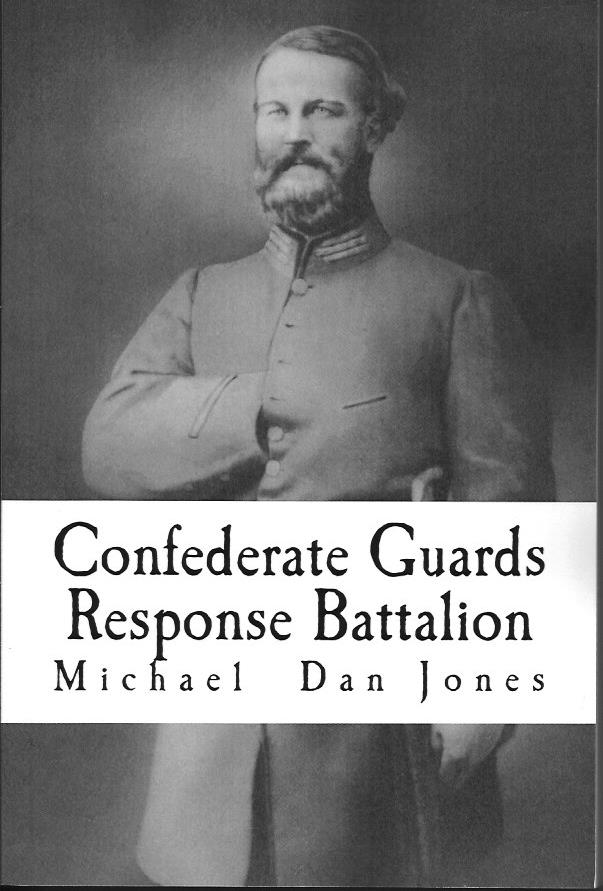
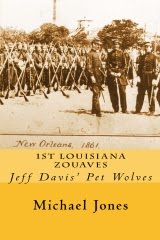





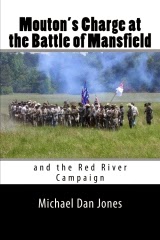
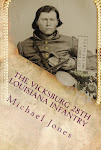















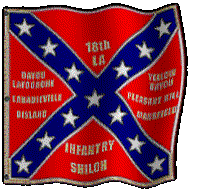
1 comment:
THIRD ANNUAL BATON ROUGE CIVIL WAR SYMPOSIUM:
Fifty Shades of Blue and Grey
April 5-7, 2019
Who outsmarted Grant at Vicksburg? Why were Texians so vital to Louisiana? What wasted Union resources during the War of the Swamps? Why were Southern newspapers so critical?
Our speakers answer these questions as they take you on a journey back in time. Imagine talking with likeminded people, interactive displays, perusing vendor’s wares, having tasty snacks, and a delicious lunch. Plus a reception and a private “once in a lifetime Port Hudson tour,” taking you to places few have been since the civil war and all of this for just one price.
Speakers:
Richard McMurry: Venomous Toads and Buzzard Puke, Southern Newspapers
Stephen Michot Ph.D.: Guerrilla War and Union Occupation in South Louisiana Society
Tom Cutrer Ph.D.: In Defense of his Home and the Land of his Choice: Louis Hébert and the Third Louisiana Infantry
Danny Sessums Ph.D.: "Yeah, and a heck of a git you got!"
SYMPOSIUM WEEKEND
April 5, Friday Night Speaker Reception 7 PM to 9 PM
Heavy hor d’oeuvres, Meet the speakers, Door prize, Raffle, Trivia contest, and some vendors.
April 6, Saturday Symposium 8 AM to 5 PM
Breakfast snack, 4 Speakers sessions, buffet lunch, vendors, interactive historic displays, an after-noon snack, beverages, book raffle, grand raffle, a speaker Q&A, and drawing for a framed, mixed media Burny Myrick original. Tickets for this artwork are sold separately from the raffle tickets.
April 7, Sunday 9AM – 1 PM
The Hallowed Ground Tour begins at the Port Hudson Historic Site. See a 42 lb. Cannon Firing, and get exclusive access for a private walking / driving tour of ground few have set foot on since the war; the Priest Cap, the Old Jackson Railroad bed, the Surrender Tree, a CSA hospital site, the Bluff, the Devil's Elbow and afterward, gather for an optional Dutch treat lunch and fellowship.
Property owners insist on a signed hold harmless waiver to attend the tour, no exceptions.
***** Be aware, several supernatural occurances have been reported over the years. *****
REGISTER TODAY
The Early Bird, event and merchandise discounts end March 8, 2019.
Register online today at https://www.brcwrt.com/2019-symposium.html
Call 225 937-2782 or email brcwrt@att.net for details. The BRCWRT thanks the “Friends of Port Hudson” for providing the tour and for the support of The Center for Southeast Louisiana Studies and the Dept. of History and Political Science at Southeastern Louisiana University.
Post a Comment